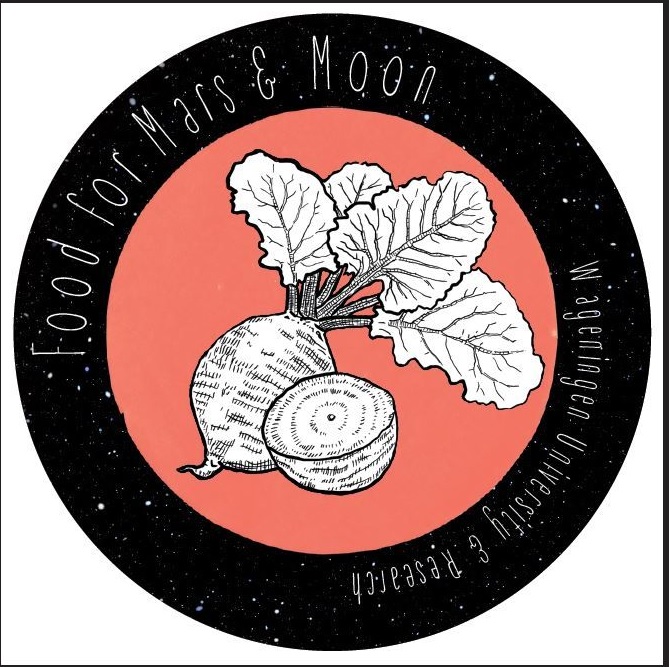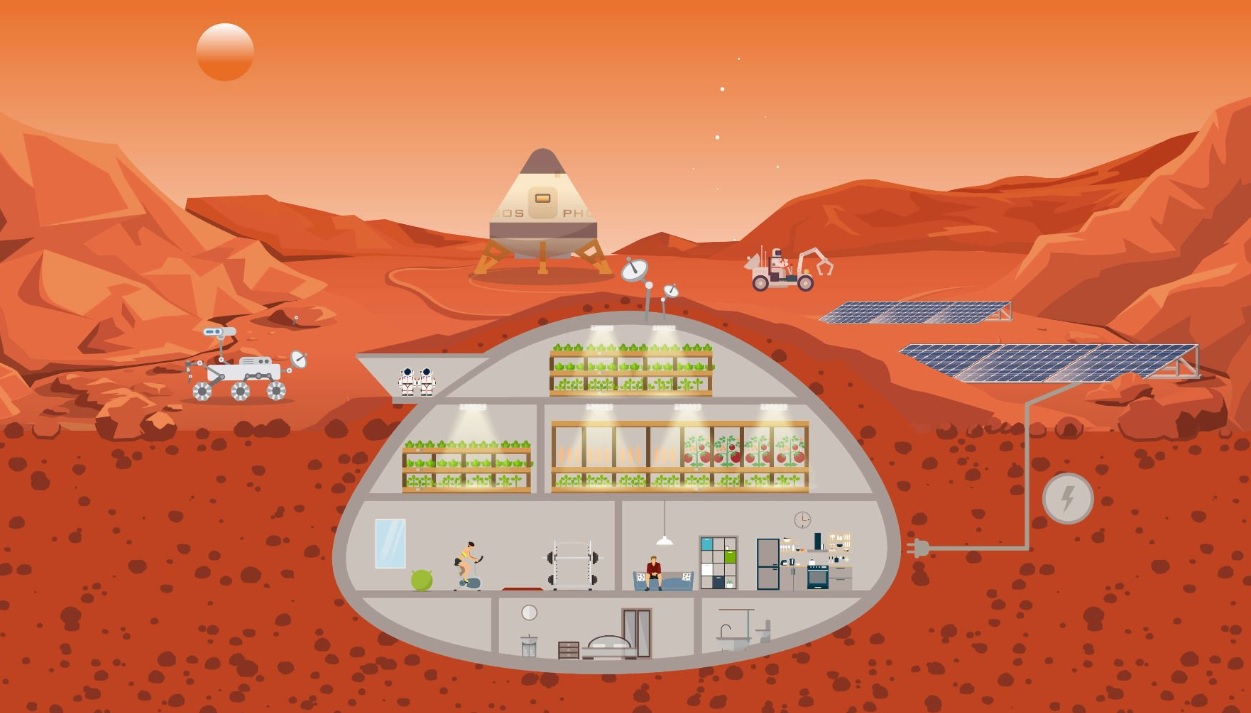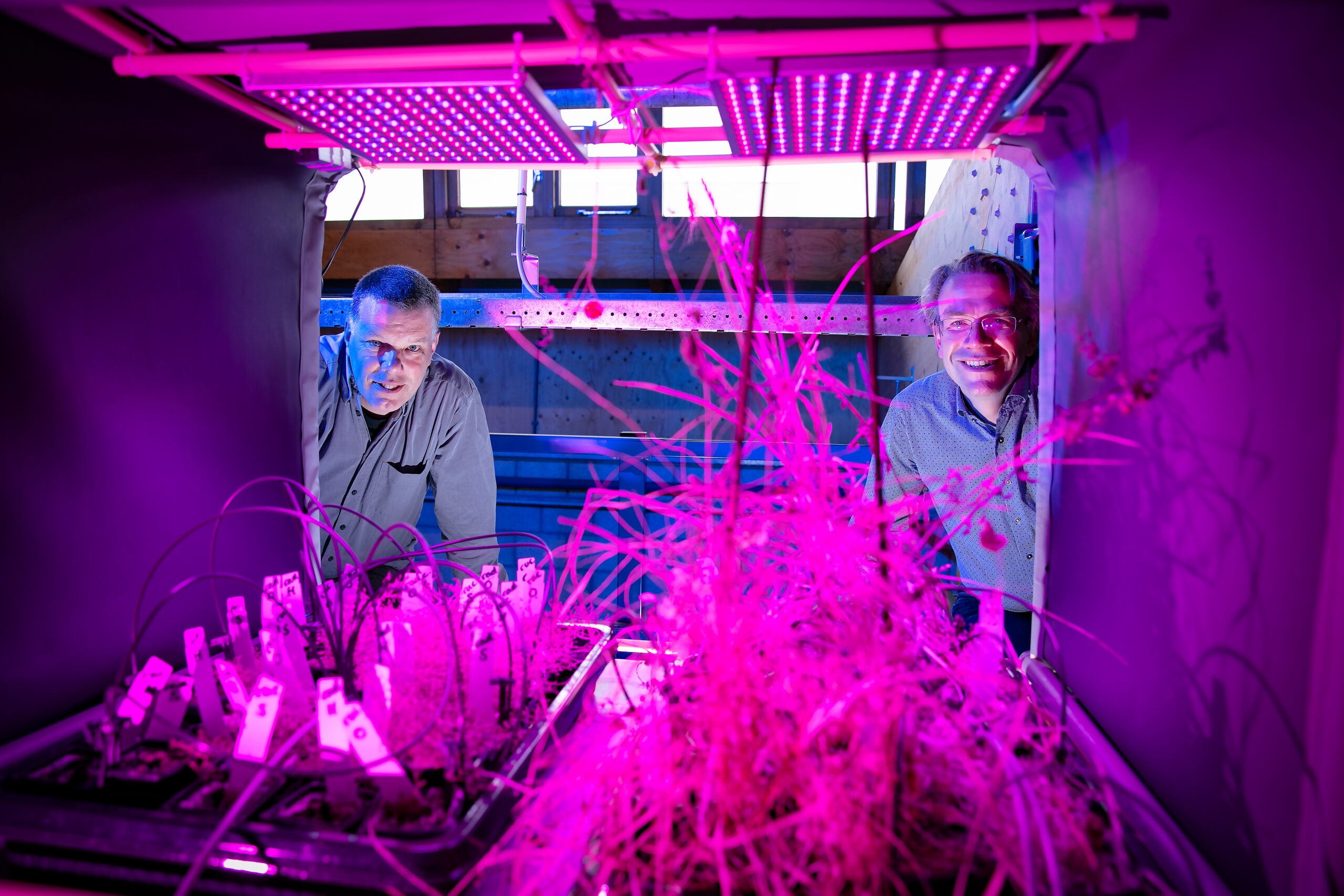A decade after his first attempts at cultivating crops in alien soil, pioneer Wieger Wamelink intends to build a space base on the campus. To achieve this goal, he has launched the business B.A.S.E. B.A.S.E.’s main goal is to create a testing lab for circular agriculture that could function on the moon or on Mars.
Choosing to create a business is to facilitate fund-raising. ‘We have been working on this for a decade now, but in terms of finance, we are just plodding along’, says Wamelink. ‘Crowdfunding and merchandise help keep the thesis students afloat, hire greenhouse space and do some analyses. But I want to take it further. Space organisation ESA has launched a call, which is a perfect match for us. However, the call targets businesses only.’
Dome
Wamelink has been toying with the idea of building a spacer station for vegetable farming for a while now. He envisions a dome-shaped, subterranean research lab. ‘The radiation on Mars means that several metres of soil must cover the facility. Naturally, this is not the case on the campus, but I do want it covered by soil, as I want the facility to be as realistic as possible.’
Basically, we are using a circular approach to making desert soil fertile
Wieger Wamelink, space farmer
B.A.S.E. is short for Bioregenerative Astrofood & Sustenance Engineering, which summarises the research goal perfectly. Wammelink intends to build a fully circular farming system, with soil-based crops but also with room for hydroculture and insect farming (mealworms as a protein source) and algae farming for fertilisers. The only external input that is required is energy.

A station such as this is not just interesting for space travel, according to Wamelink. ‘The idea behind this project is to develop something that can quite easily be deployed everywhere on earth. In the desert, for example. In fact, the artificial Martian soil we use comes from the desert. Basically, we are using a circular approach to making desert soil fertile. The value thereof is evident.’
The base Wamelink envisions has a ten-million-euro price tag, ‘Five million for the building itself, and a further five million for the research in it. That may seem like a considerable sum, but it is peanuts compared to the price of a satellite.’ He is aiming to obtain funds from the NWO (Dutch Research Council), ESA, the space industry and large sponsors. The dome should be constructed in about ten years.




